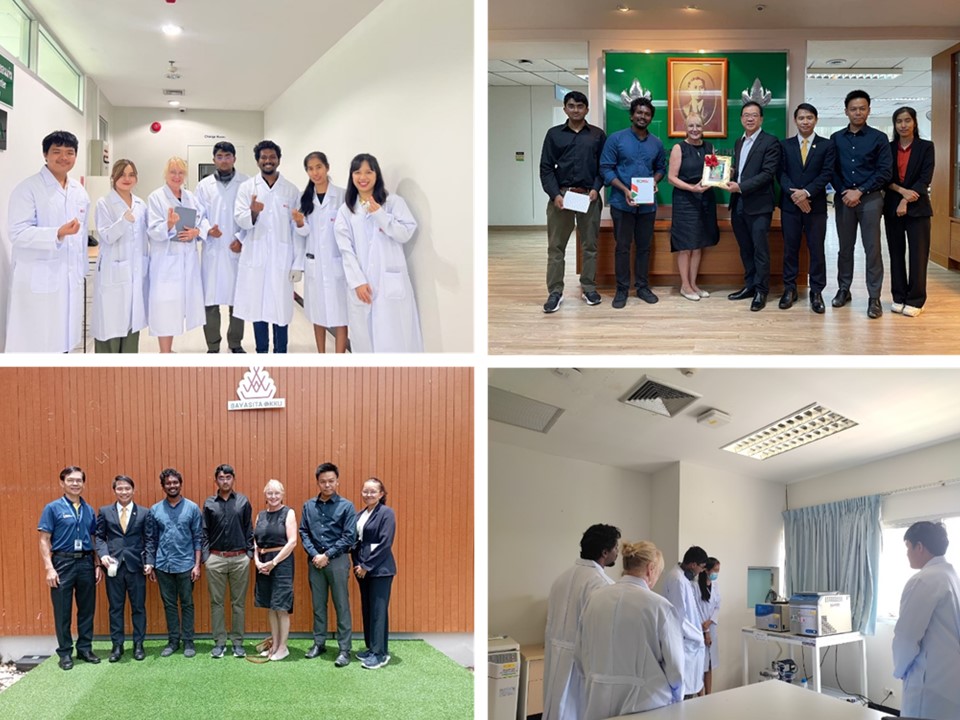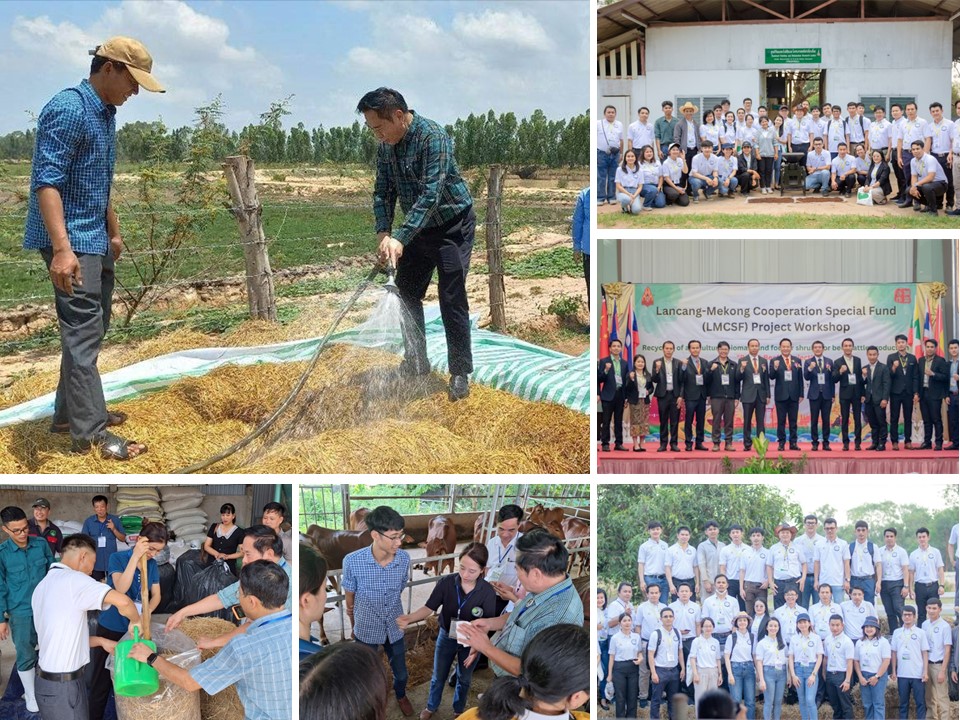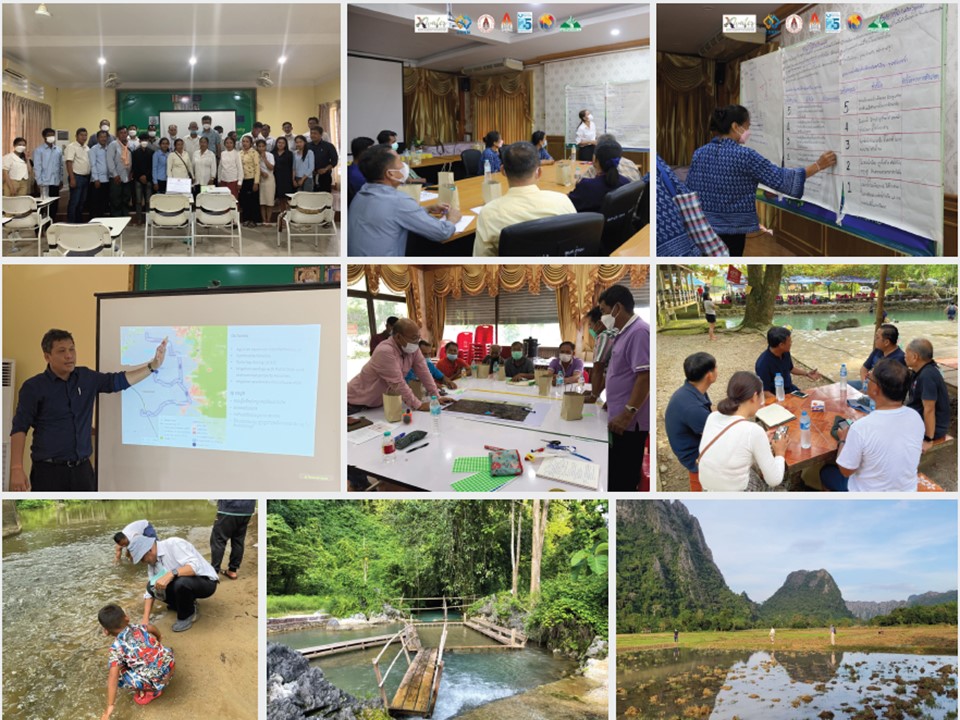
Development of Raman spectroscopy (RS) and Surface Enhanced Raman Scattering (SERS) based test for diagnosis of active tuberculosis and latent tuberculosis infection supporting mass screening in the community.
Goal:
We are developing the diagnostic tool that can be used for mass screening of tuberculosis in around the world. Based on the well collaborations with the world class researchers, we believe that this goal can be achieved.
Project objectives:
Validated and optimized devices including Raman spectroscopy (RS) and Surface Enhanced Raman Scattering (SERS) for active tuberculosis and latent tuberculosis diagnosis.
Tuberculosis (TB) was found as 10 million active TB (ATB) cases and 1.5 million deaths annually with the estimated of 1.2 trillion latent tuberculosis infections (LTBI) in the global population (1, 2). Word Health Organization proposed the End-TB strategy aiming to reduce the TB prevalence to 10/100,000 population in 2035 (3). To reach that goal, new diagnostic tool, and strategies for the detection of ATB and LTBI are needed.
The current molecular diagnostic method especially GeneXpert MTB/RIF and Line Probe Assays (1) could dramatically reduce the turnaround time for ATB diagnosis compared to conventional culture techniques that need up to 6 weeks for providing the results. To screen for LTBI, the tuberculin skin test (TST), the classical test that has been used for more than 100 years, can be used. However, TST had major disadvantages especially (i) need long turnaround time of TST (2-3 days), (ii) variability of method to measure the induration reaction size that needs 2 days after intradermal injection of M. tuberculosis crude proteins, and (iii) cross-reactivity to Bacillus Calmette Guerin (BCG) vaccine. Then, Interferon Gamma Release Assay (IGRA) has developed to solve these limitations of TST. However, IGRA still has many limitations such as (i) high cost (2,100-4,000 THB), (ii) still needs at least 1-2 days to deliver the result, (iii) Needs laborious methods such as ELISA that is not suitable for use as the Point of care testing (POCT).
Raman spectroscopy (RS) and surface-enhanced Raman scattering (SERS) are relatively new in the TB diagnosis field (4, 5). These techniques are fast and powerful by detecting protein molecular patterns and conformational changes of complex biological molecules. RS/SERS could provide the result within 3 hours and has potential to develop as POCT. This project can be expanded in the future as we intend to produce tools that reduce screening costs, reach more people, are highly effective, and will result in us being able to help society by minimizing tuberculosis through mass screening.




